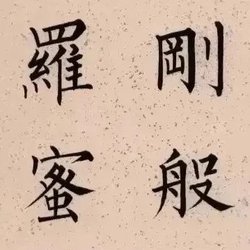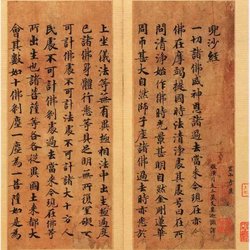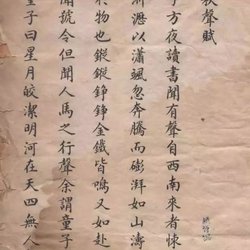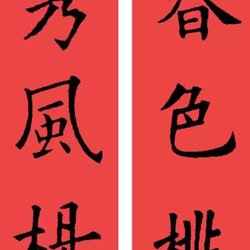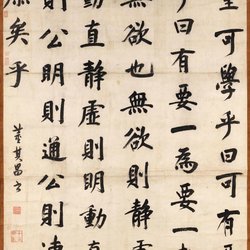Huang Binhong (1865-1955)
my country's outstanding art masters of the 20th century
"Calligraphy, painting, poetry, and essays are all perfect."
Huang Binhong’s Golden Calligraphy Concepts and Font Origins
"Bronze inscriptions" originally referred to the characters engraved on ancient bronzes, usually specifically referring to the characters on bronzes of the Shang, Zhou, Qin and Han dynasties, also known as "Zhongdingwen". In Huang Binhong's case, it has a unique concept and specific connotation.

A collection of seven-character couplets in seal script
Paper, 178 cm long and 27 cm wide, collected by Anhui Provincial Museum
Interpretation: Couple planting wild flowers into a small garden. Drunk inscriptions on Shidangmaoshan. Bin Xian and Huang Pu Cunji. Ancient writings
Seal: Walking alone to Xiao Ran, Huang Zhi's private seal, Huang Binhong
First of all, here we will give a general explanation and definition of the specific connotation of "gold inscriptions" in Huang Binhong's gold calligraphy. At the same time, some paleographic concepts involved in Huang Binhong's golden calligraphy are also initially sorted out and analyzed.
In Huang Binhong's calligraphy works, you can often see the words "Huang Binhong collected gold inscriptions", "Collected ancient inscriptions", "Collected Zhou Jin ancient inscriptions", "Collected six countries' characters", "Collected ancient inscriptions", etc. 2 So, what is bronze inscriptions, what is ancient inscriptions, what is six kingdoms inscriptions, and what is the ancient inscriptions he calls? What is the relationship between bronze inscriptions, ancient inscriptions, six kingdoms inscriptions and ancient inscriptions?

A collection of seven-character couplets in seal script
Paper, 135cm long, 5cm wide, 20cm wide, collected by Anhui Provincial Museum
Explanation: Keep the bridle in the morning and the stars are rising in the tree. The carved railing is quiet at night and the moon is moving the flowers. Zhou Jinwen of Ji Shang. Ding Mao in April. Huang Binhong seal script.
Seal: Dancing high and walking alone to Xiao Ran's contentment. Seal of yellow quality. Loose wood.
It can be seen that in Huang Binhong's calligraphy works, "Ji Jin Wen" means "Ji Gu Zhou", "Ji Gu Zhou" means "Ji Jin Wen", and "Ji Jin Wen" has the same meaning. "Huang Binhong Ji Zhou Jin Gu Zhou" refers to both Jin Wen and Gu Zhou. This is also evidence that "Ji Guwen" is actually another name for "Ji Jinwen".
It can be roughly seen that the "bronze inscriptions" of Huang Binhong's gold calligraphy do not span the Shang, Zhou, Qin and Han dynasties in terms of time limit, but focus on the Spring and Autumn and Warring States periods when "rituals collapsed and music collapsed", dating back to the Zhou Dynasty. and Shang; in terms of region, it especially refers to the characters of the Six Kingdoms; in terms of provenance, it includes not only characters engraved on bronzes, but also characters on oracle bones, ancient pottery, coins, ancient seals, seals, weapons, etc.
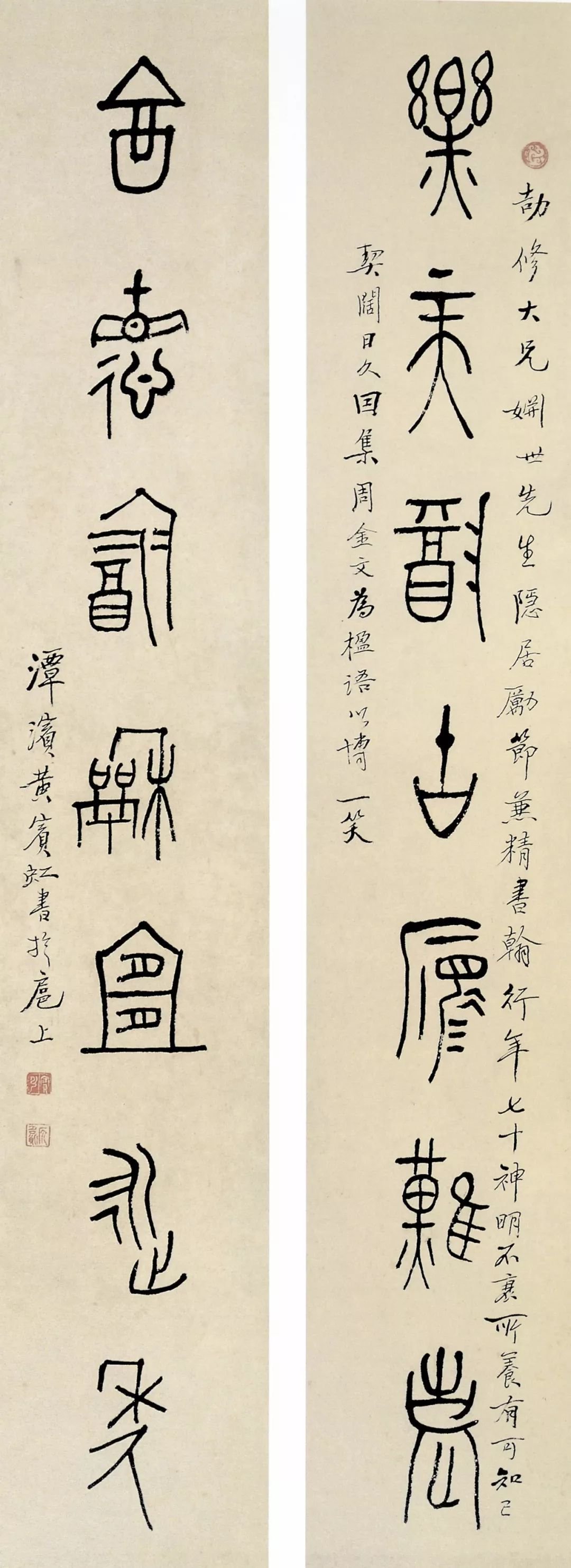
A collection of seven-character couplets in seal script
Paper, length 157·5 cm, width 27 cm, made in 1930, collected by Anhui Provincial Museum
Interpretation: Letian Zun should be able to grow old in ancient times. Jide drinks and Yi Yongnian. The eldest brother Jiexiu lives in seclusion to celebrate the festival. He also writes fine books in Han Xingnian's 70th year. The gods are not fading. The support can be known. The deeds are broad and long. Because the Zhou Dynasty bronze inscriptions are used as couplets to make people smile. Tan Binhuang Binhong wrote in Shanghai
Seal: Binhong original name Zhi
It should be particularly pointed out that Huang Binhong’s gold calligraphy is an artistic concept. Strictly speaking, the “gold inscriptions” of Huang Binhong’s gold calligraphy are difficult to define accurately and clearly only from the perspectives of archaeology, history, and paleography. Because it also has a specific artistic connotation.
The "Bronze Inscriptions" of Huang Binhong's gold calligraphy is based on the characters of the Six Kingdoms and is compatible with oracle bones, Shang and Zhou bronze inscriptions, ancient pottery, coins, ancient seals, seals, weapons and other characters. It is a special character that is opposite to the unified small seal script. Huang Binhong's seal script art is a personalized glyph style. In this sense, it seems that it is not necessary to call it bronze inscriptions, ancient seal scripts, or large seal scripts. In order to connect with modern archaeology, history, ancient characters and other disciplines, it must be adhered to Common academic standards are also for the convenience of writing and to avoid unnecessary confusion. You may wish to choose one of the many titles used by Huang Binhong and call it unified by "Jin Wen".
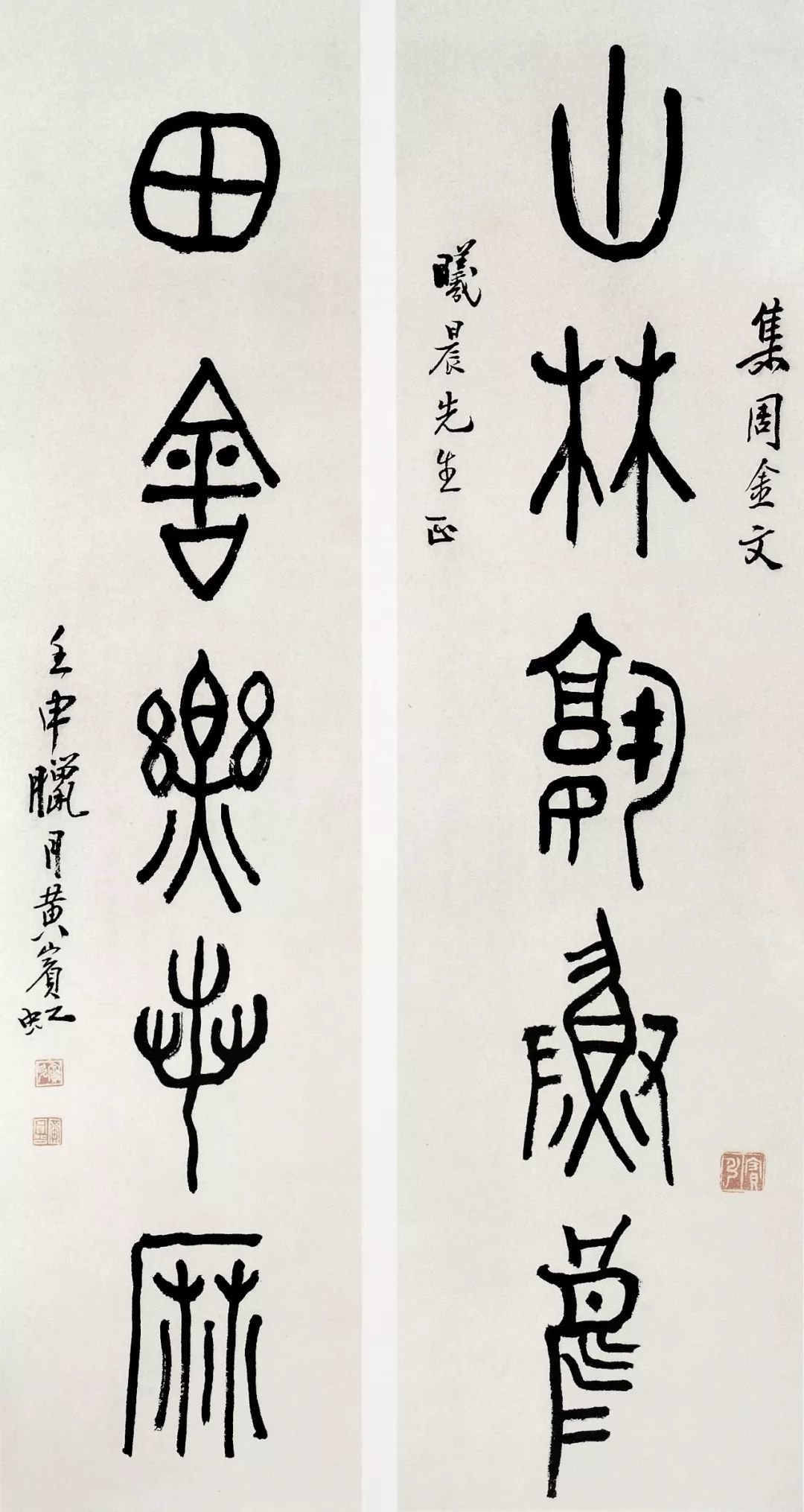
A collection of seven-character couplets in seal script
Paper, 82 cm long and 22 cm wide, made in 1932, collected by Wenzhou Museum
Explanation: Cooked Fish and Birds in the Mountains and Forests, Le Sangma in the Fields, Ji Zhou Jinwen, Mr. Xichen Zheng, Renshen December, Huang Binhong
Seal: Binhong Binhong Huang Binhong
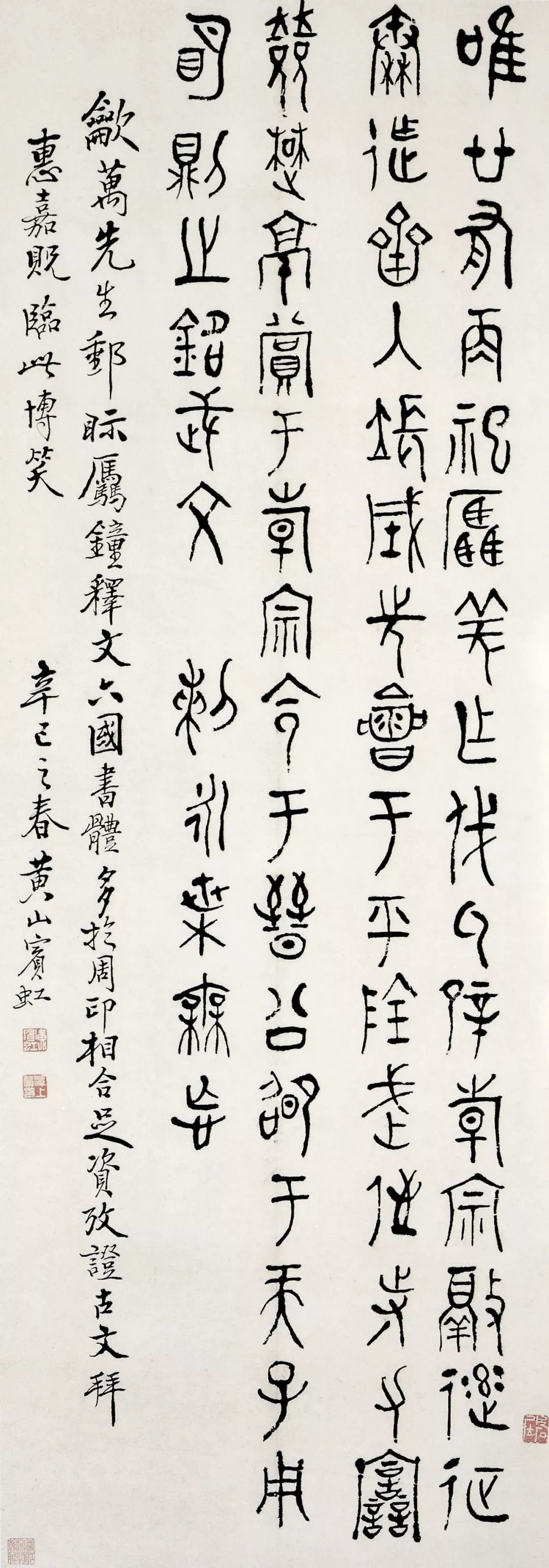
Linkou Qiang bell inscription
Paper, 111 cm long, 38 cm wide, 1941, collected by Zhejiang Provincial Museum
Interpretation: Only twenty-one sacrifices, the Qiang invaded and conquered Han Zong, led the expedition, Qin Jiqi, Qi's entrance city, first met in Pingyin, Wu's nephew (temple) served as an official, Kou Kou, Chu Jing, rewarded Han Zong's order to Jin Gongshao, and used Mingzhi to the emperor. The inscription of the martial arts □ The thorn will never forget Mr. Chui Wan's postal review The oral interpretation of the clock The calligraphy styles of the Six Kingdoms are more consistent than those of the Zhou Dynasty, which is sufficient for textual research on the ancient text. I pay tribute to Hui Jia Kuang and come here to laugh. The spring of Xinsi Huangshan Binhong
Seal: Pian Shi Ju Huang Binhong Tan Shang Zhi Seal
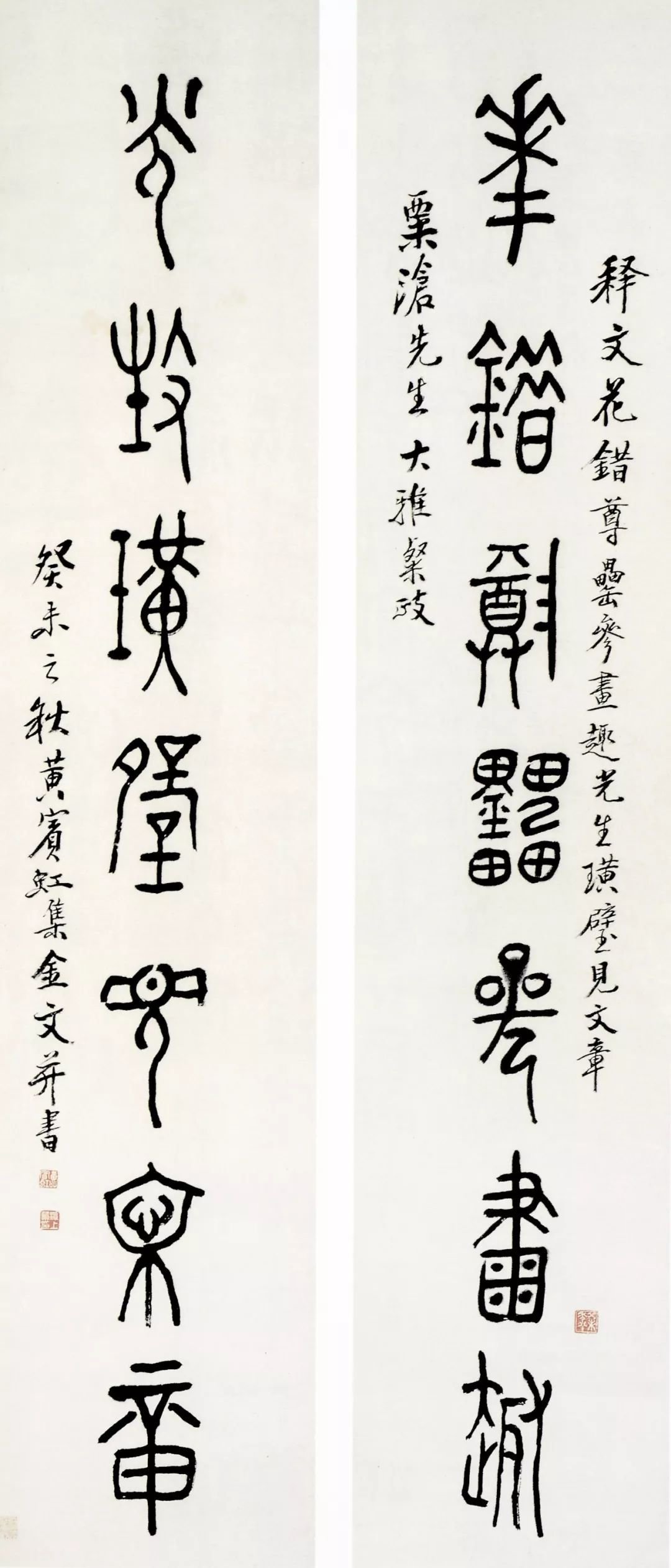
A collection of seven-character couplets in seal script
Paper, 1.25 cm long and 28 cm wide, made in 1943, collected by Zhejiang Provincial Museum
Explanation: Interesting Paintings of Hua Cuo Zun Lei and Ginseng, Articles on Guangsheng Huangbi, Mr. Su Cang's Daya Canzheng, The Autumn of Guiwei, Huang Binhong's Collection of Gold Inscriptions and Inscriptions
Seal: Guiwei Year 80, Huang Binhong, Tan Shang Zhi Seal
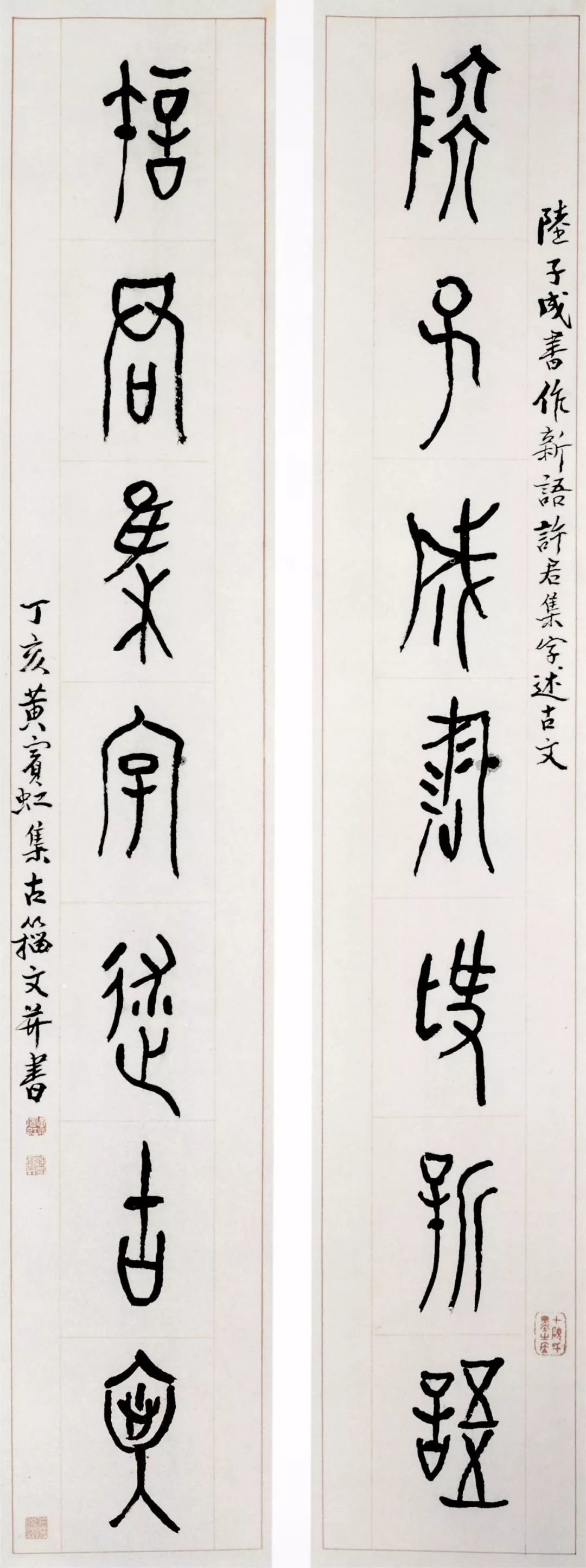
A collection of seven-character couplets in seal script
Paper, 139 cm long, 24 cm wide, 1947, collected by Zhejiang Provincial Museum
Interpretation: Lu Zicheng wrote a new version of the book, Xu Jun collected the characters to describe the ancient prose, Ding Hai, Huang Binhong collected the ancient prose and combined it into a book
Seal: The Dwelling of Ten Inkstones and Thousands of Ink by Huang Binhong Green Xuexuan
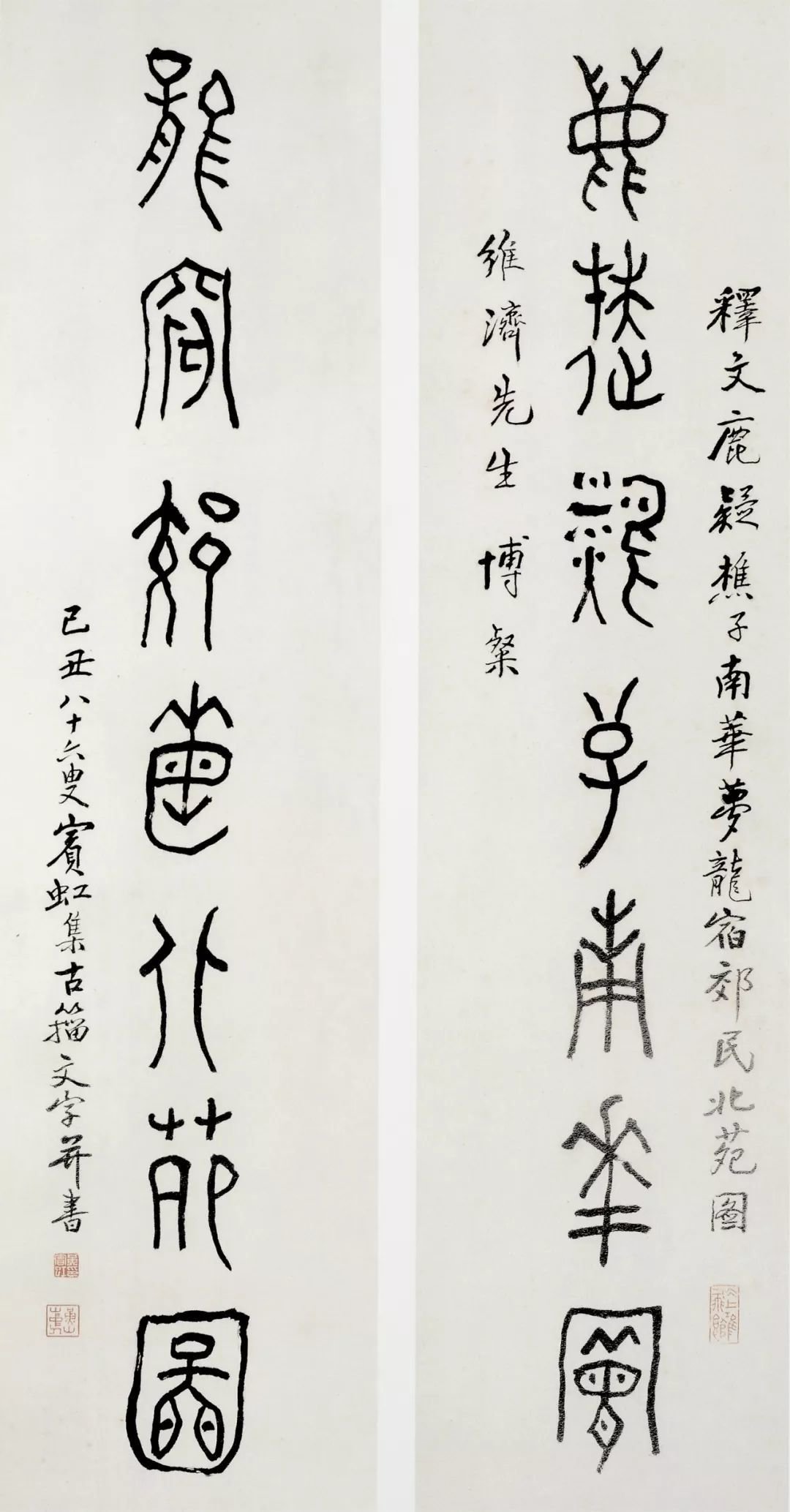
A collection of seven-character couplets in seal script

